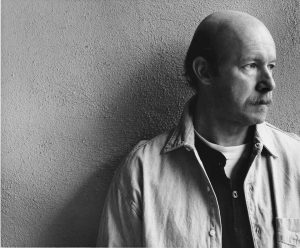About the Artist

Born in Cleveland, Ohio in 1948, William W. Fuller grew up in Waukegan, Illinois and Pittsburgh, Pennsylvania. Like most kids in the 1950s and early ’60s, he avidly recorded vacations and family pets with a Brownie. An elective introductory course in photography at Penn State under Henry Wessel inspired Fuller with the creative potential of the camera. Although he studied literature with thoughts of pursuing poetry as a vocation — and earned Bachelor of Arts degrees in English and Speech from Penn State in 1970 — the idea of a photograph as a poem or a thematic group of images as prose diverted him from a career in writing.
Aimless after college, Fuller worked on Cape Cod in the summers and in California during the winters. Extended visits into Mexico and frequent trips across the United States whetted his desire to explore with a camera. In 1975, he chanced into a job selling New England scrimshaw to stores, galleries, and museum gift shops. He then bought a house near Payson, Arizona, built the first of his darkrooms, and began many years of extensive travel.
Like many people who travel, Fuller felt the need to record the experience. In 1980, he bought a Tachihara field camera to pursue with more precision and contemplation the themes and ideas that had been evolving. A year later, he acquired some acreage and built a more elaborate darkroom, and in 1991 when he married, an ever-expanding house. With inspiration from the many remarkable art museums and galleries he was able to visit, and a growing library from his addiction to used book stores, he continues to develop those early ideas of photography as literature and poetry.
Fuller and his wife Mary Ellen live near the small town of Pine in central Arizona.
